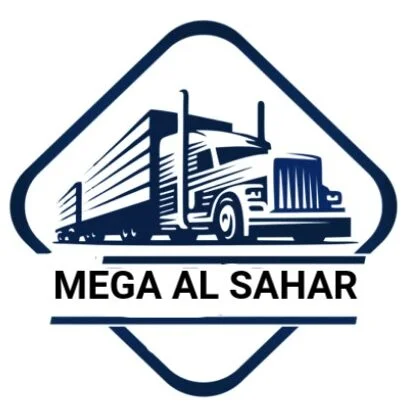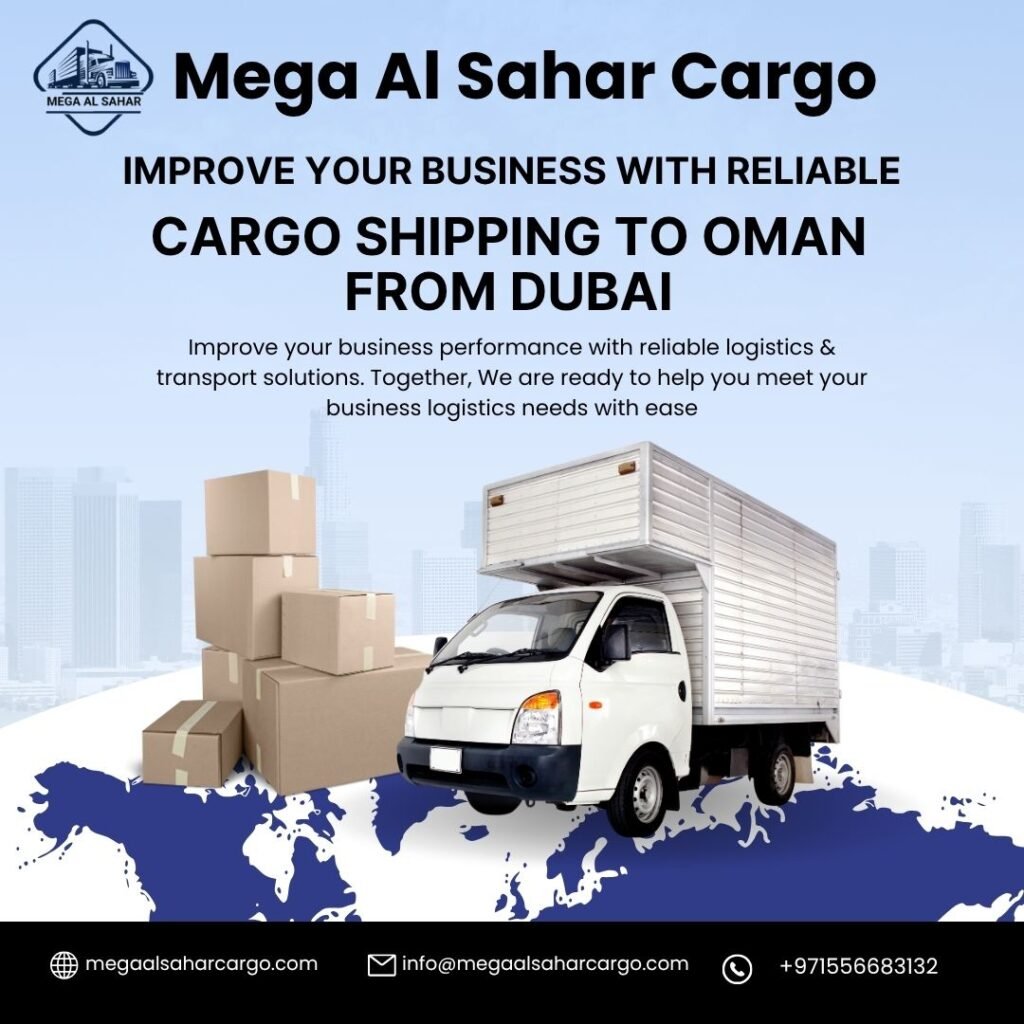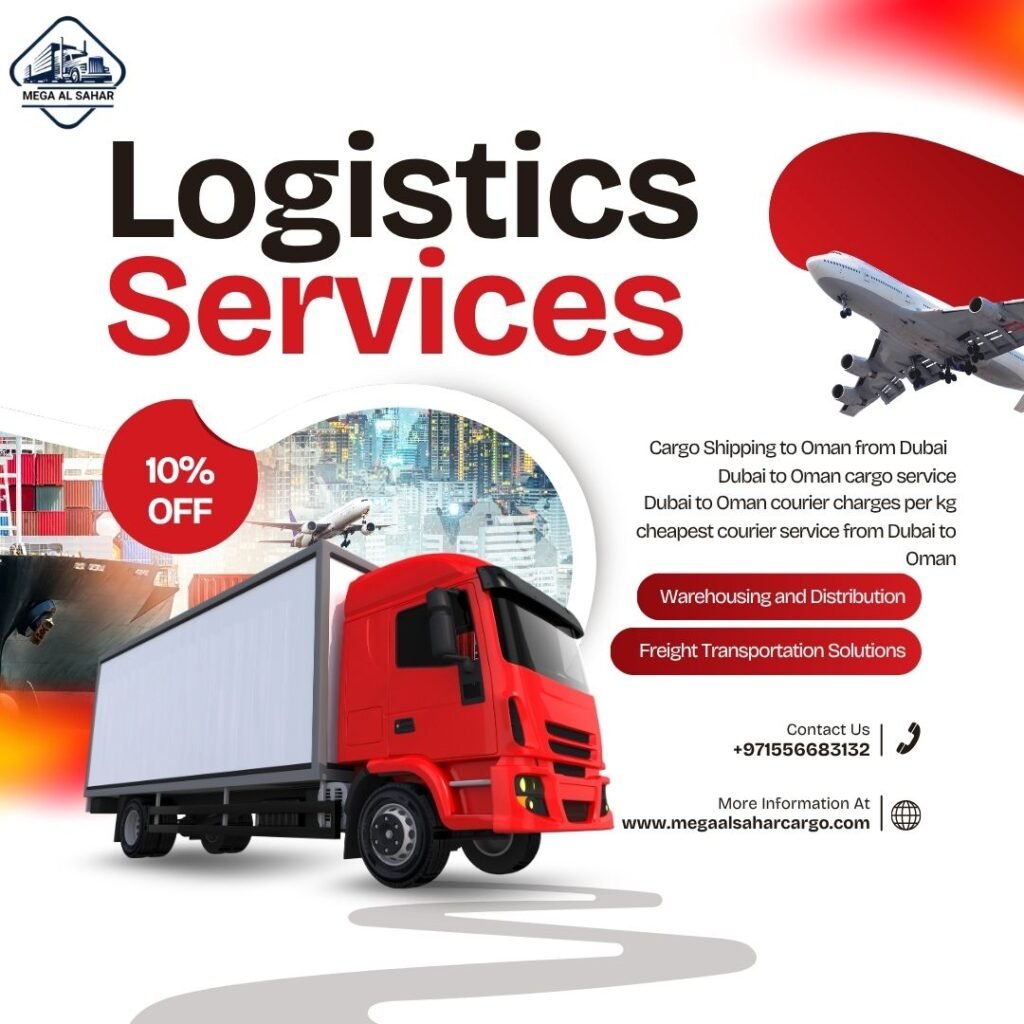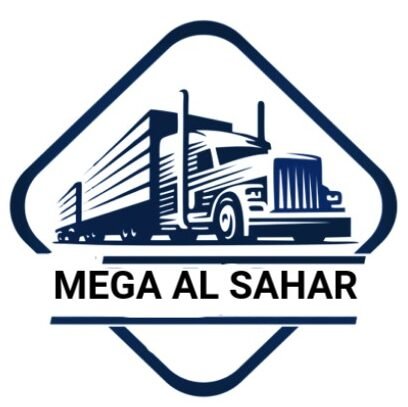Equipment & vehicle options
We match equipment to your cargo and lane. Typical options include:
Small box/curtain trucks (3–10T) for city‑level deliveries.
12T–15T trucks for larger palletized loads.
40ft/20ft trailers (FTL) for full container or larger pallet moves.
Curtain‑siders for side loading at warehouses.
Flatbeds/lowbeds for oversize/project cargo (permits required).
Reefer trucks for controlled temperature transport.
Each vehicle is load‑secure certified and can be fitted with ratchet straps, dunnage, and seals. For high‑value shipments, direct runs and sealed trailers are available.
How we price road shipments
Quotes depend on a set of clear variables:
Origin & Destination pair (distance & route).
Service model: LTL consolidation vs FTL dedicated truck vs express direct run.
Weight and volumetric (CBM) — carrier will charge by greater of actual vs dimensional weight for LTL.
Handling complexity: tail lifts, inside delivery, pallet build/unbuild.
Customs scope: whether we handle import brokerage, permits, and duties.
Accessorials: waiting times, border inspection fees, after‑hours delivery.
We provide transparent line items in all quotes and show a simple calculation (base haul + customs + accessorials + insurance) so there are no surprises.
Typical use cases & short case studies
Retail restock to Muscat (LTL) — A Dubai e‑commerce retailer sent 4 pallets consolidated LTL into Muscat. Pre‑labeling and appropriate HS codes avoided physical inspection and goods cleared within 24–48 hours after arrival.
Industrial spares to Sohar (FTL) — A manufacturing client required dedicated 40ft trailer delivery. We booked a direct run, prepared a full customs pack, and delivered to the industrial facility within three business days.
Perishables to Salalah (reefer + sea combo) — For chilled food to the southern region, we coordinated a chilled truck to port, a short sea leg, and temperature‑controlled last‑mile; temperature logs were provided with POD.
Frequently Asked Questions (FAQ)
Q: How long does cargo shipping from Dubai to Oman take by road?
A: Typical door‑to‑door road transit to Muscat or Sohar is 1–3 business days when documents are ready; southern destinations like Salalah can take longer depending on route and stops.
Q: What documents do I need to share with you for an accurate quote?
A: Pickup address, delivery city, commodity description (and HS code if known), piece counts, dimensions (L×W×H), gross weight, preferred pickup date, and any special handling requirements.
Q: Can you handle customs clearance in Oman?
A: Yes. We coordinate with local brokers and can manage import documentation, customs payments, and release on behalf of the consignee if we have the required authorization.
Q: Do you provide insurance?
A: Yes. We offer optional all‑risk cargo insurance and will include coverage options in the quote.
Q: How do you reduce delay at the border?
A: Pre‑checking documents, correct HS codes and values, and using properly labeled and palletized consignments reduces inspection likelihood and speeds clearance.
Instant‑Quote checklist
To get a fast, firm quote, please send:
Pickup location in UAE & delivery city in Oman.
Commodity description and HS code (if available).
Pieces/pallets and dimensions (L×W×H) and gross weight.
Preferred pickup date and delivery deadline.




